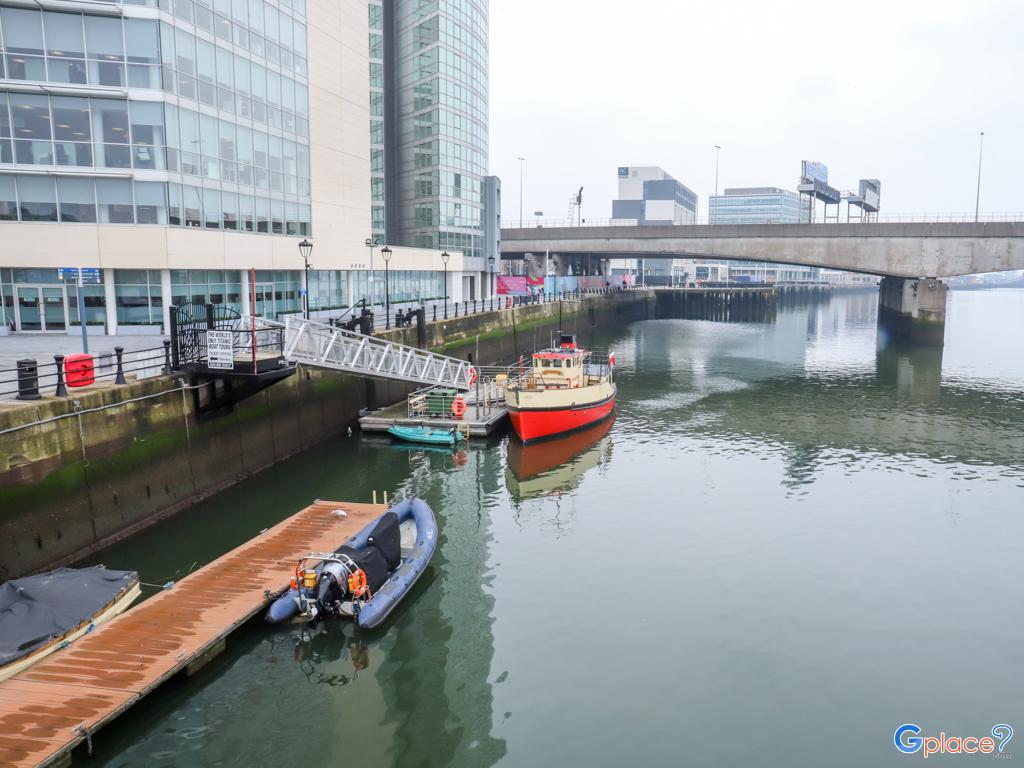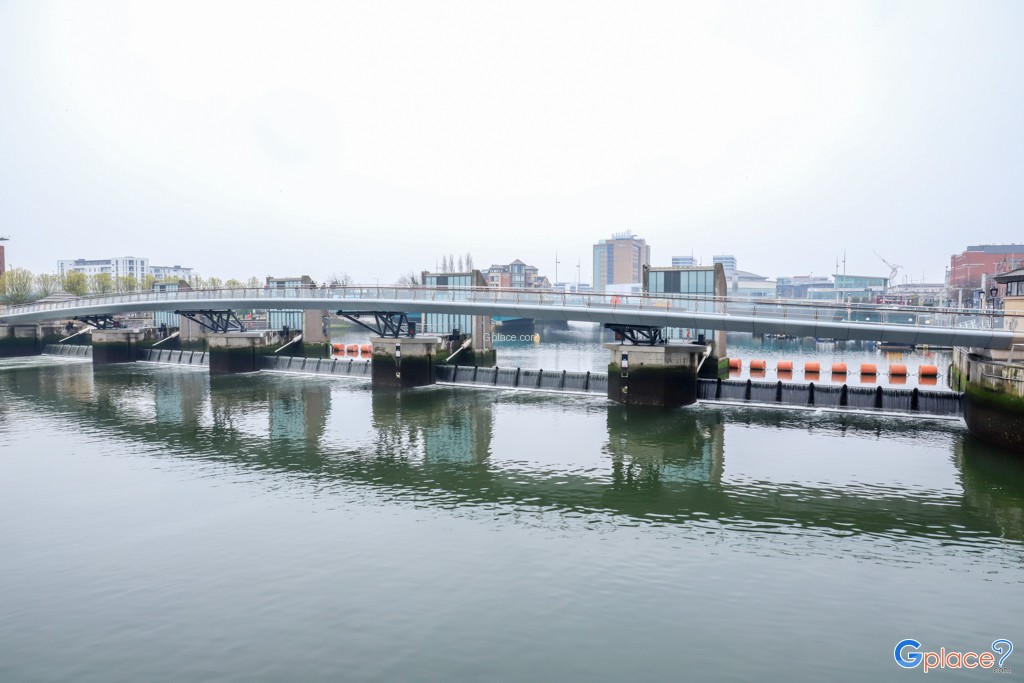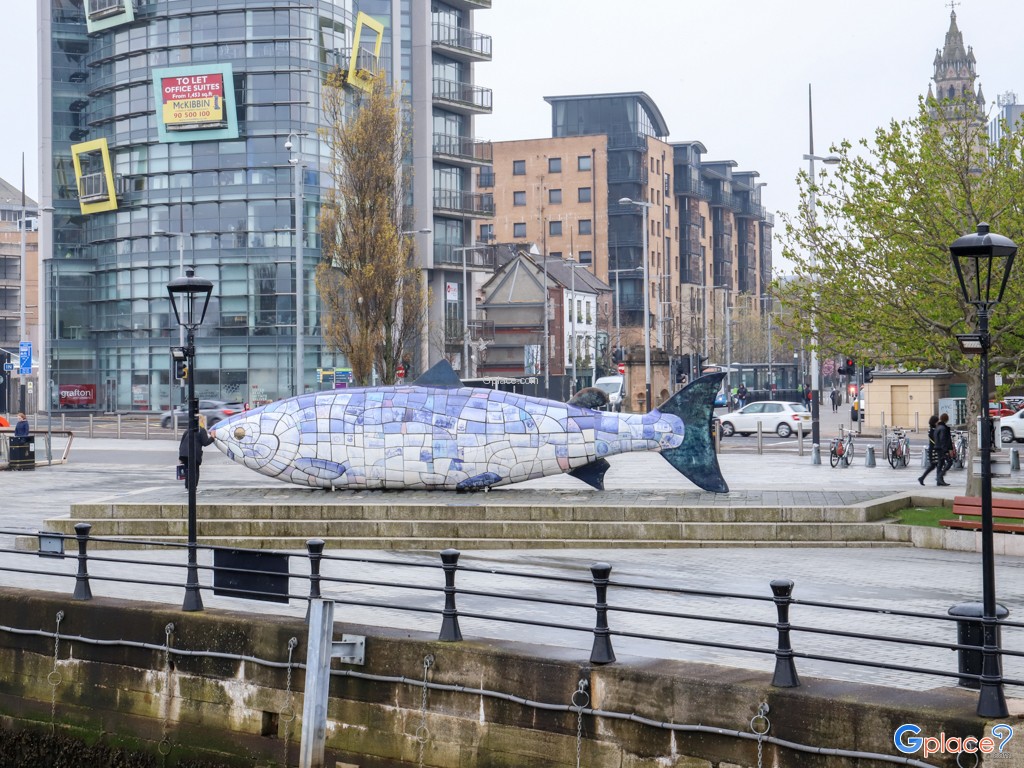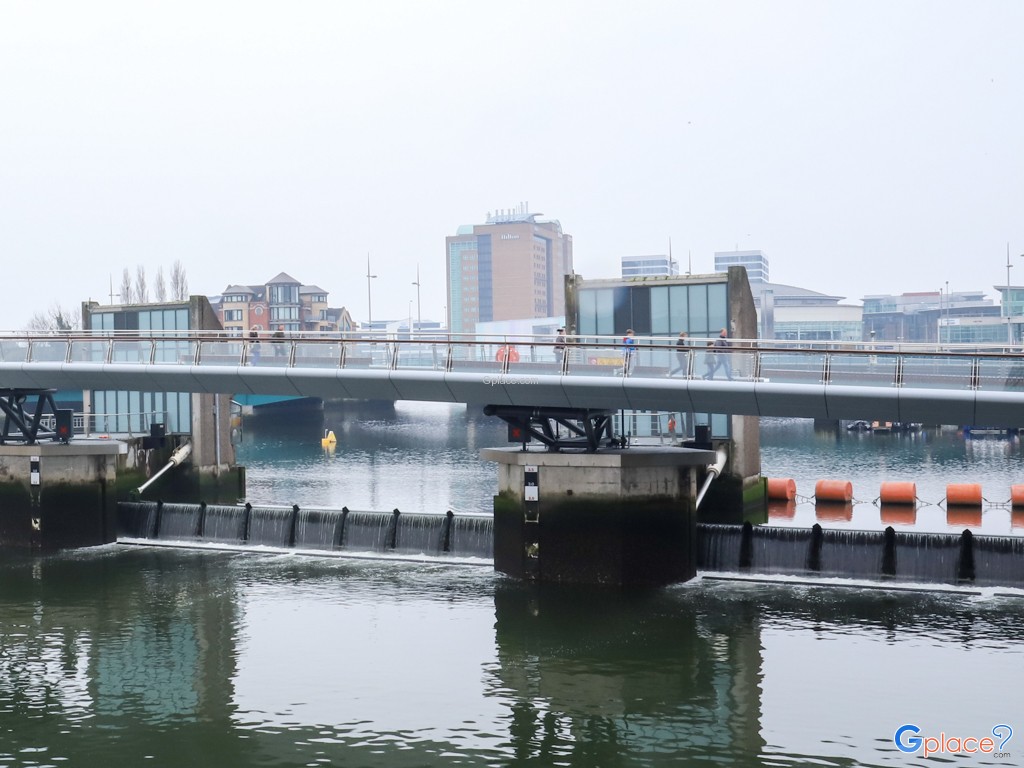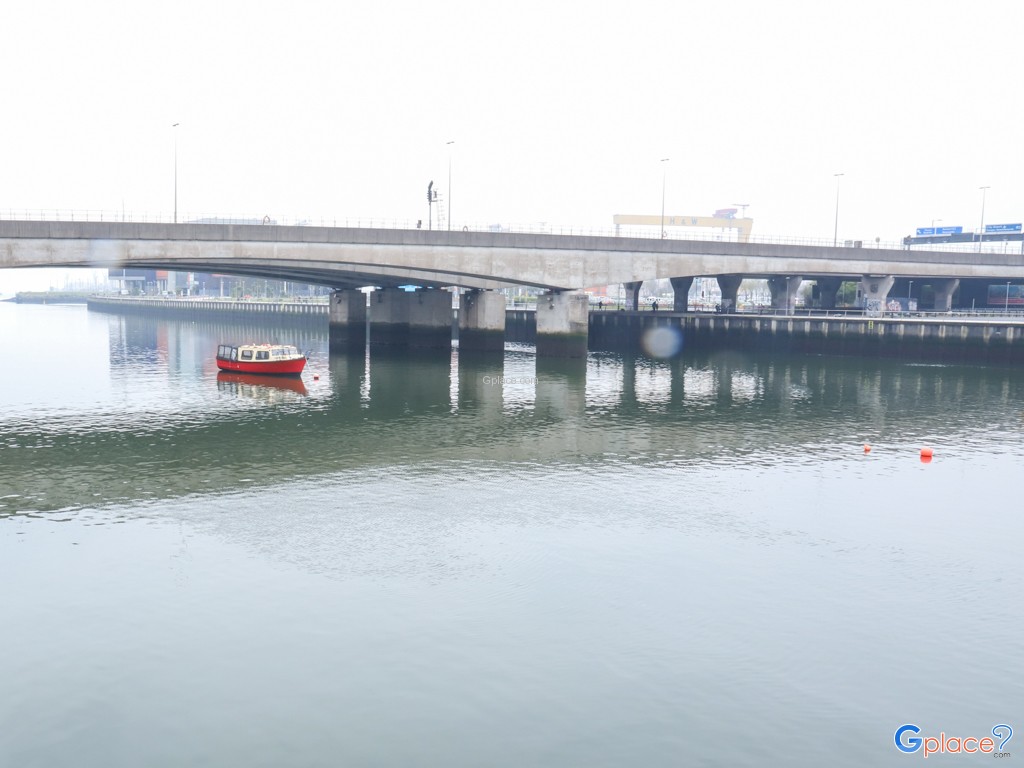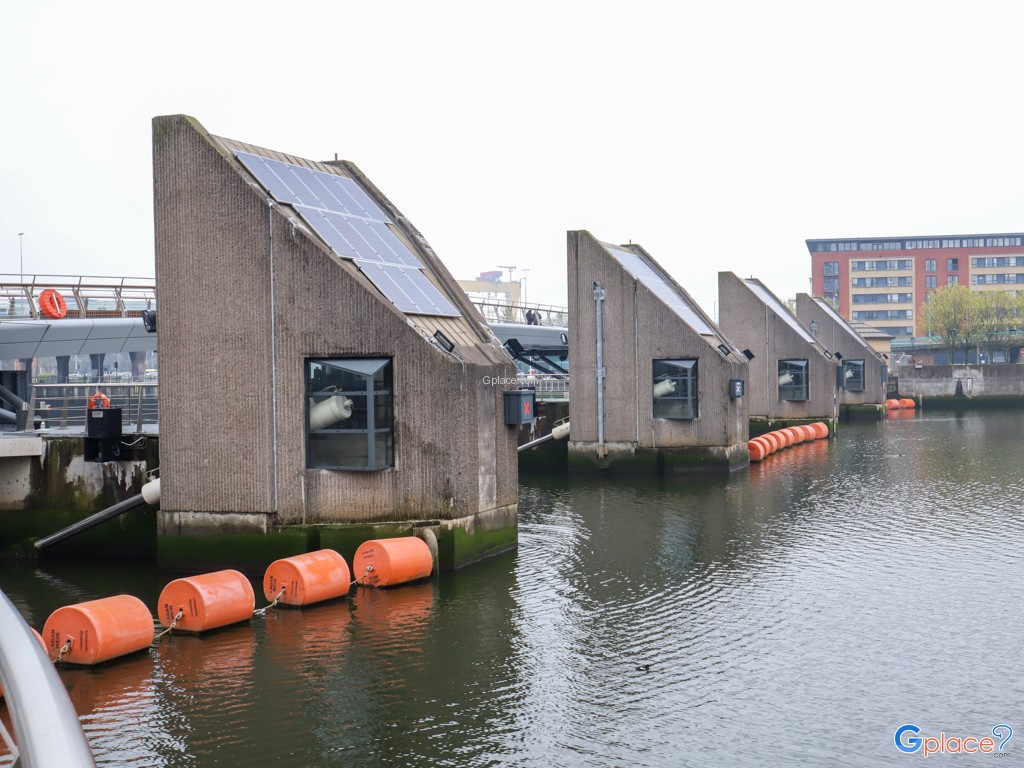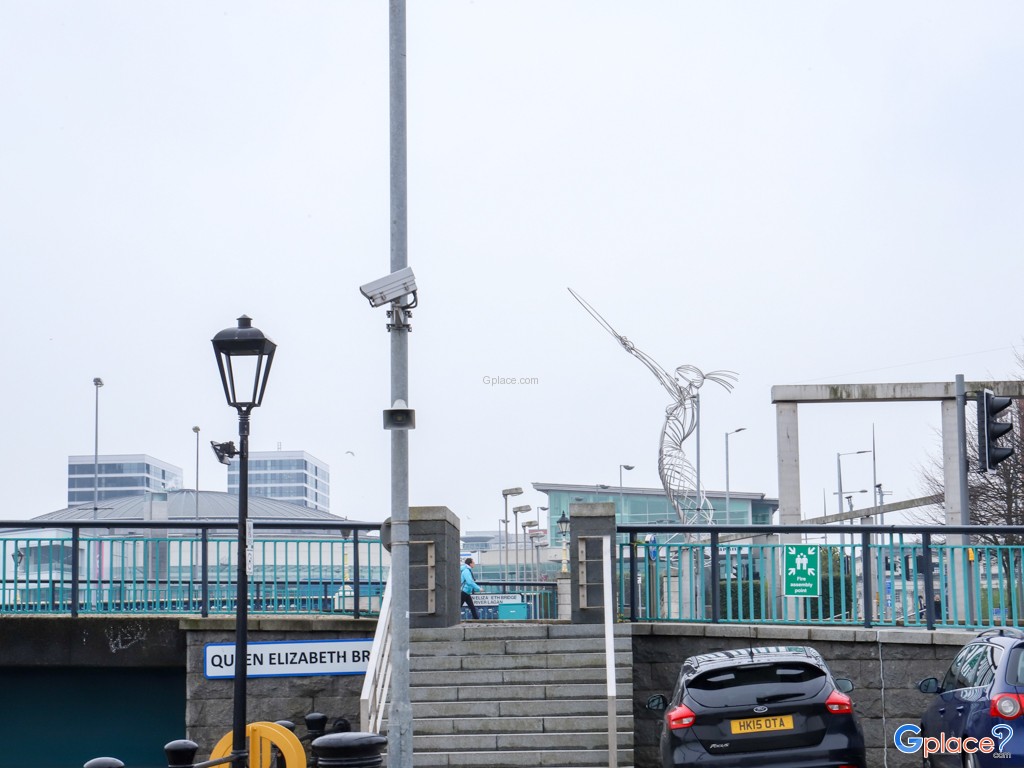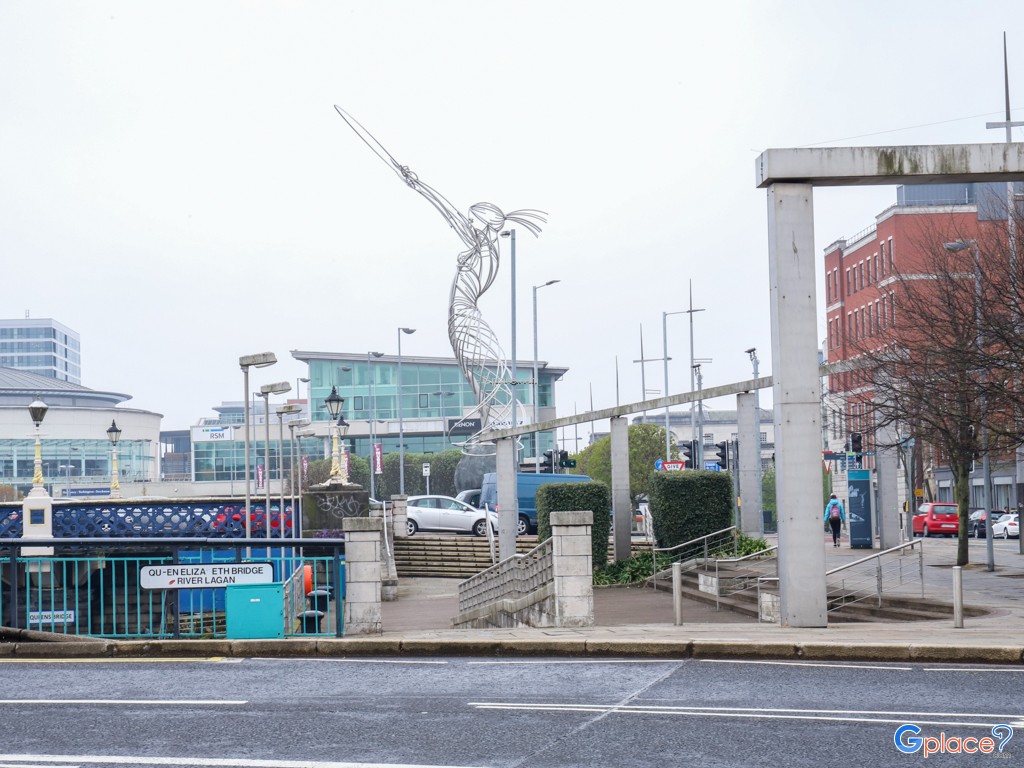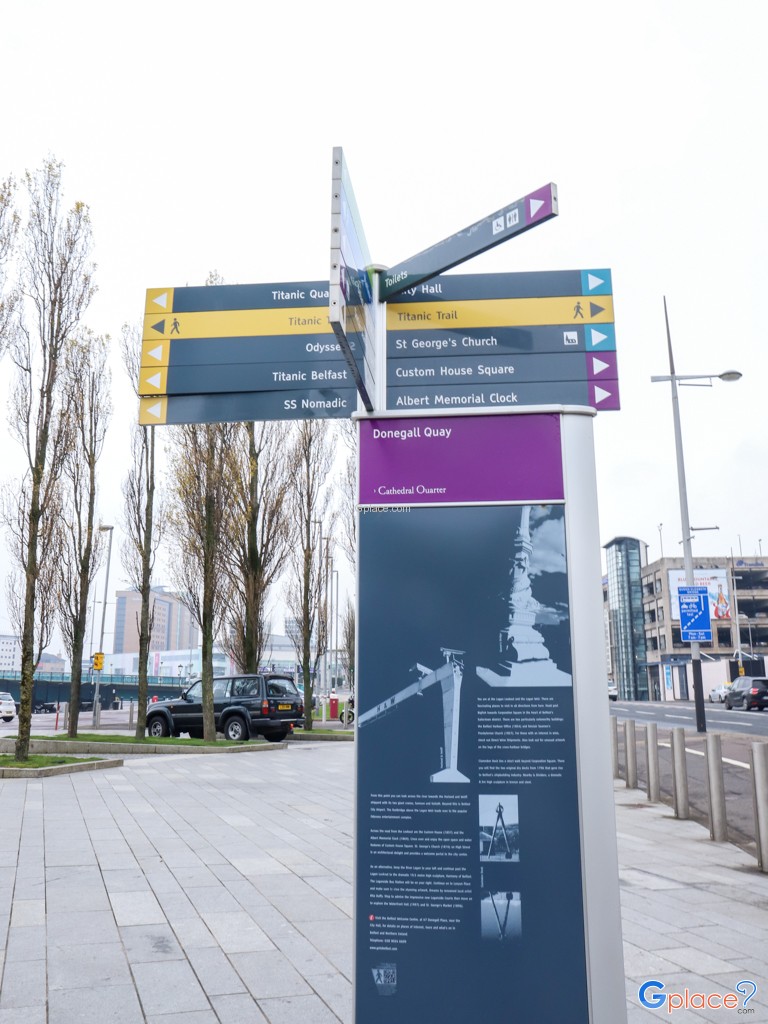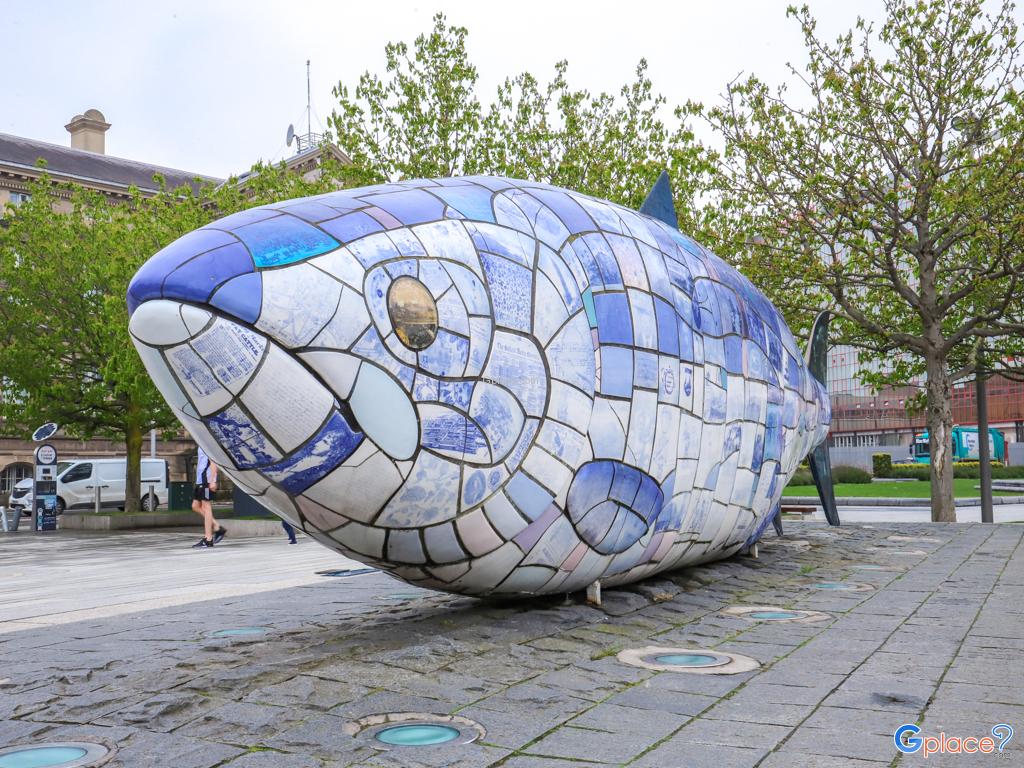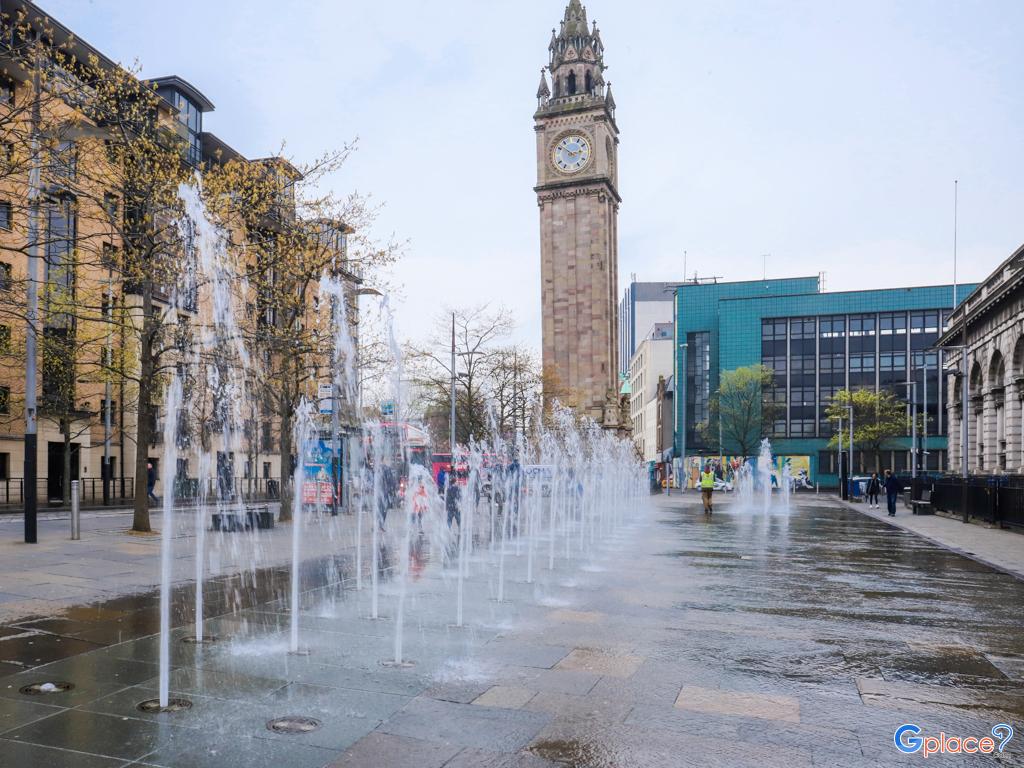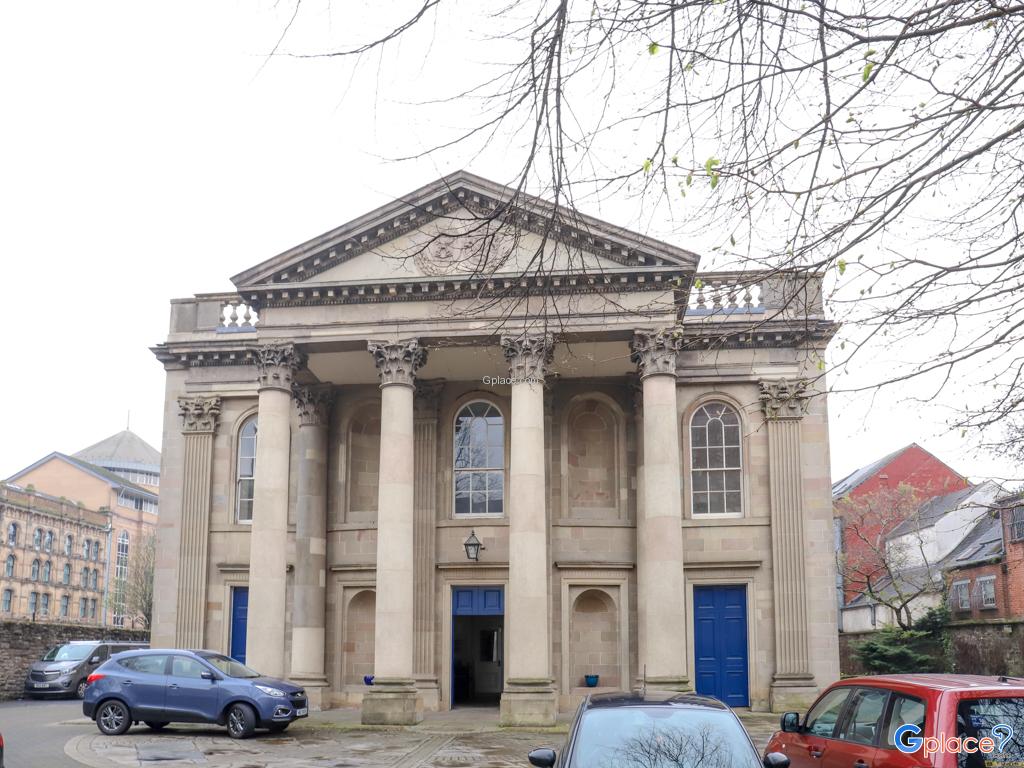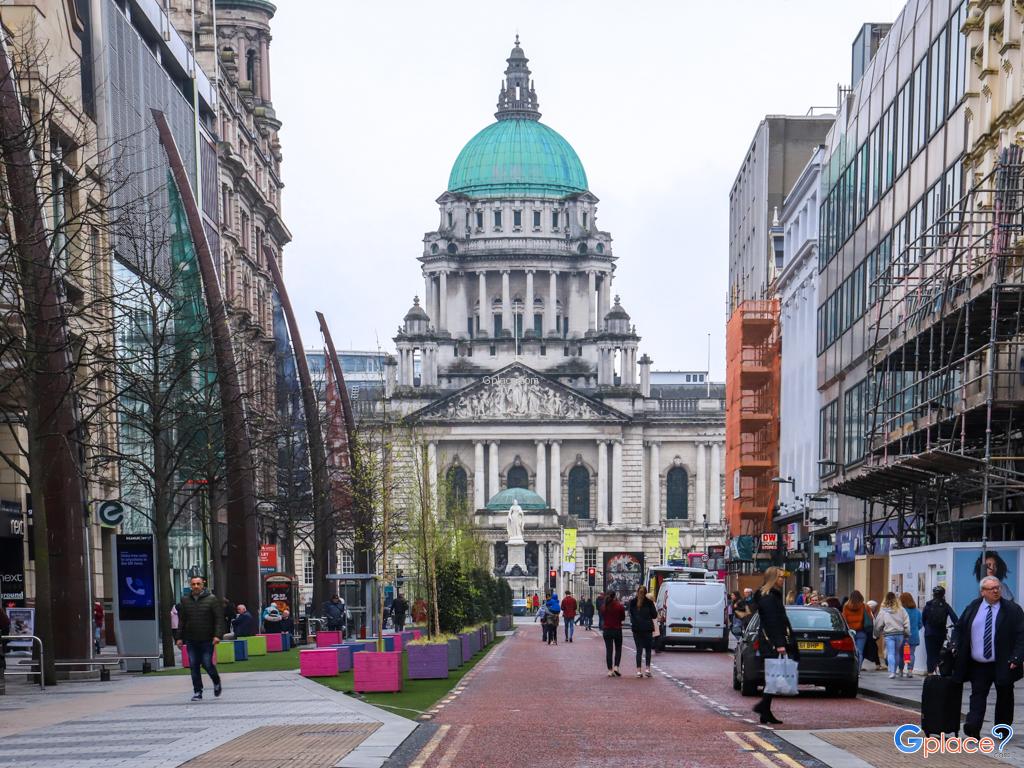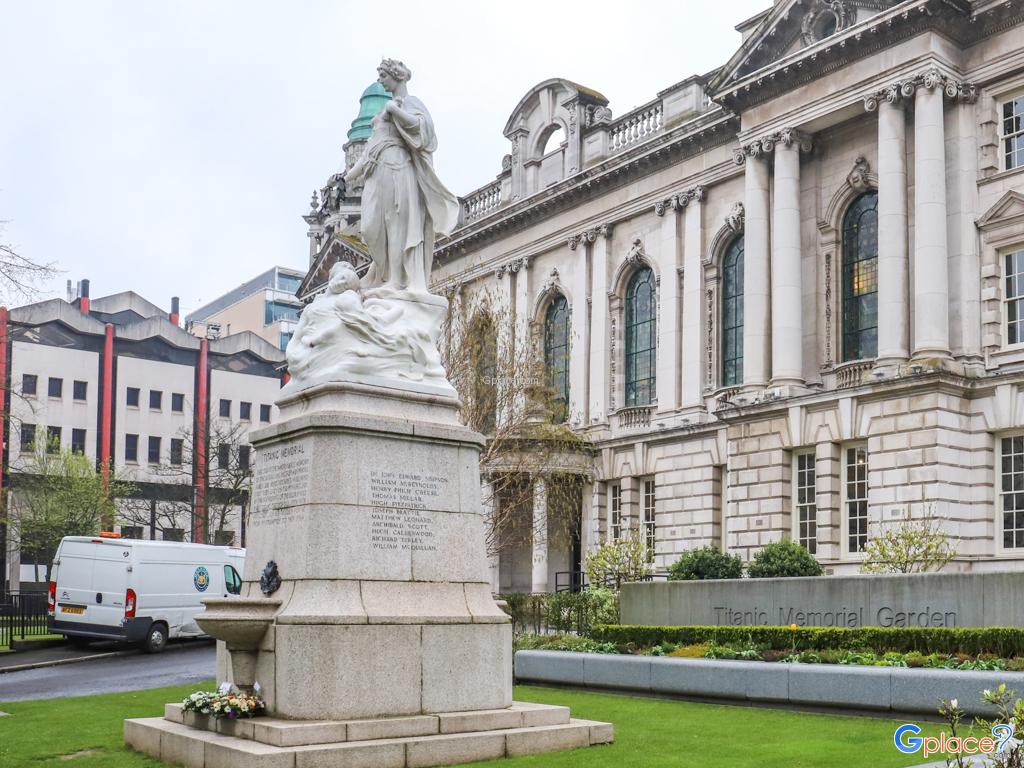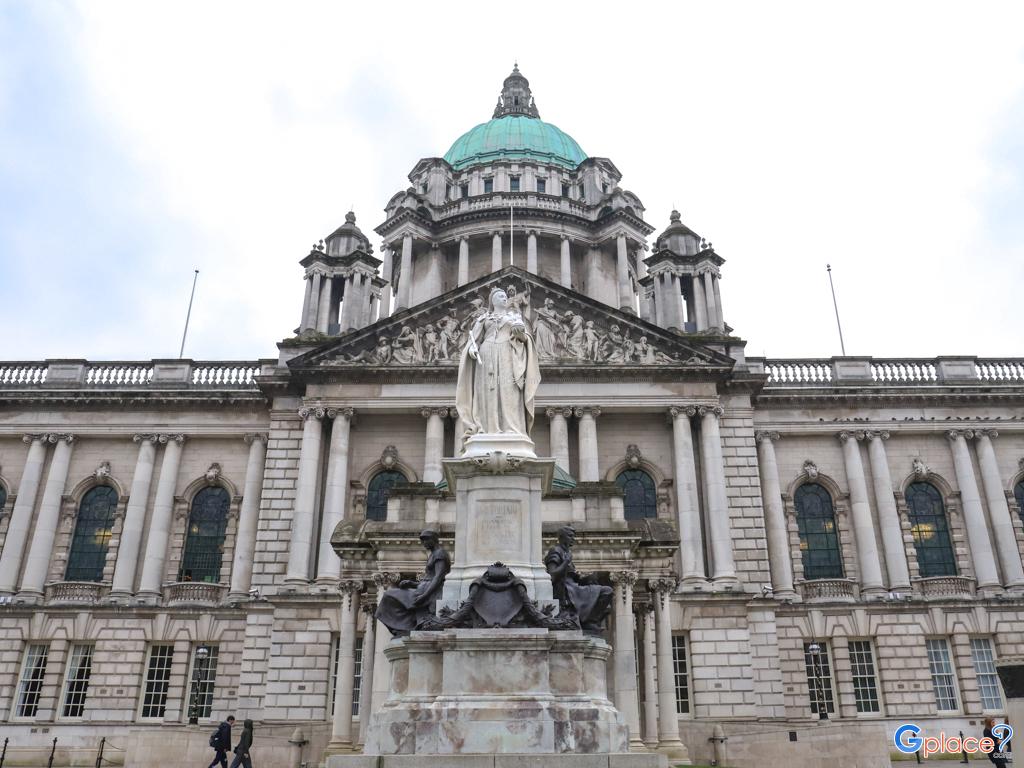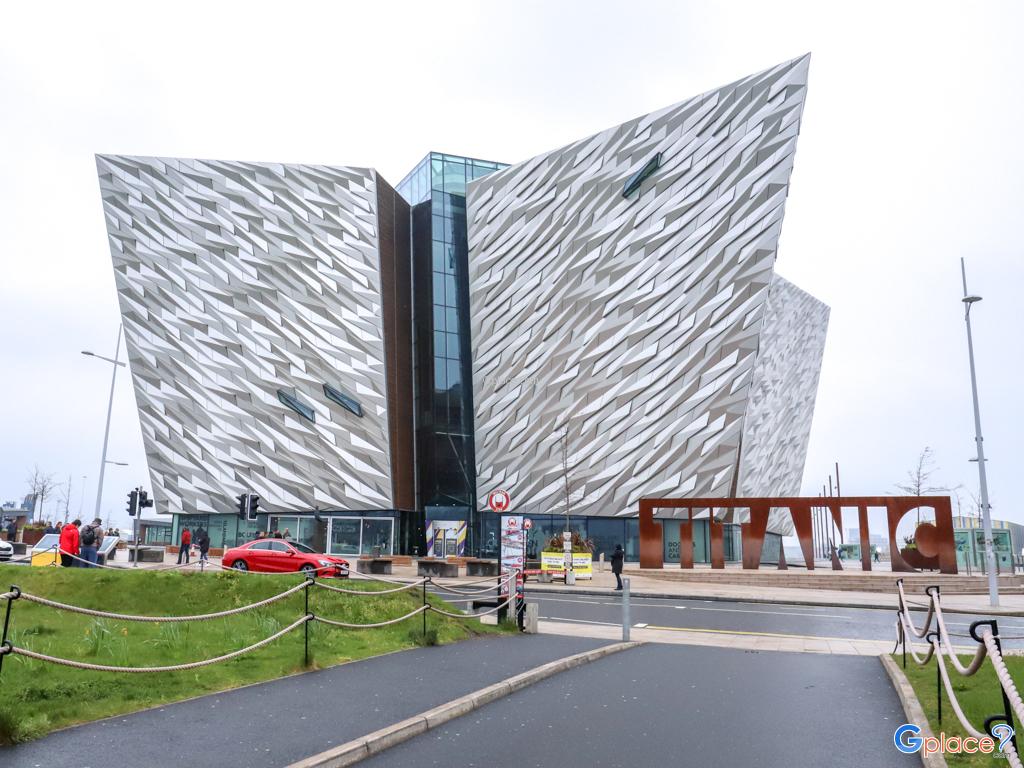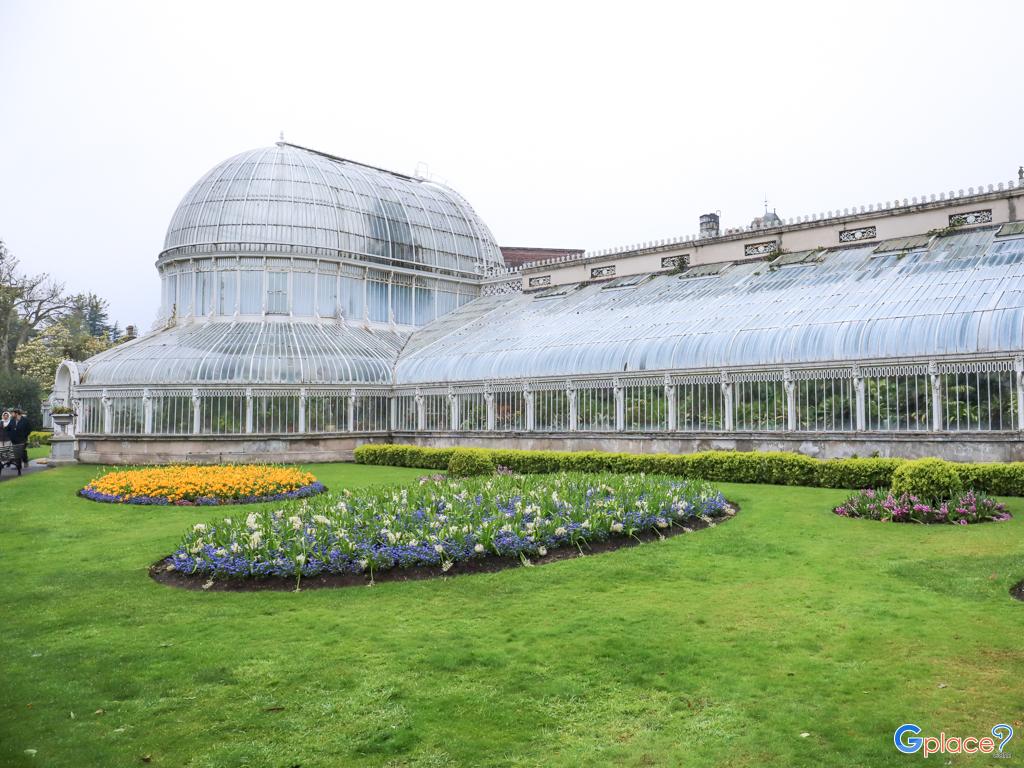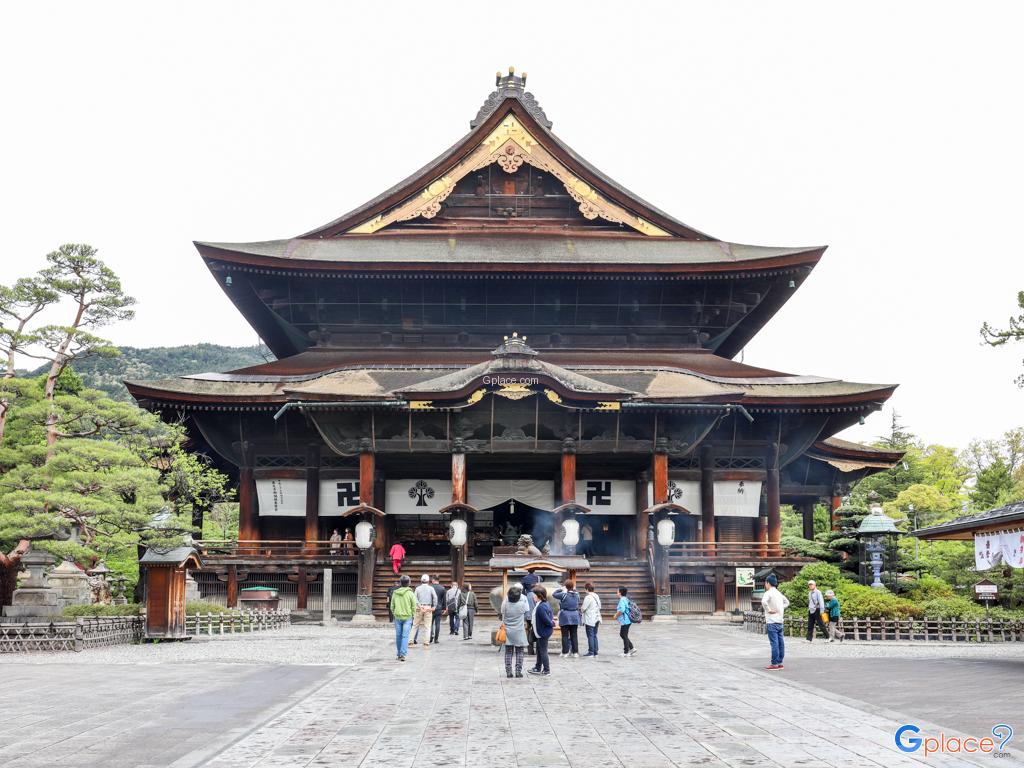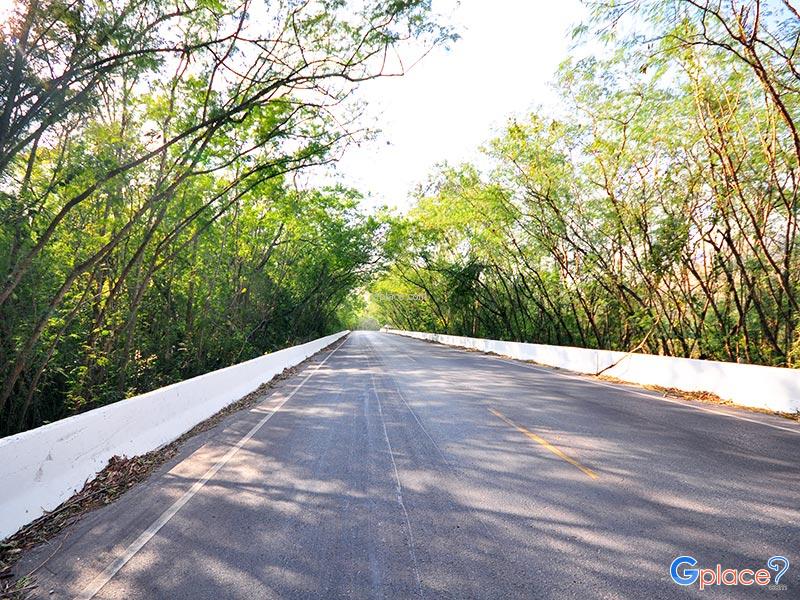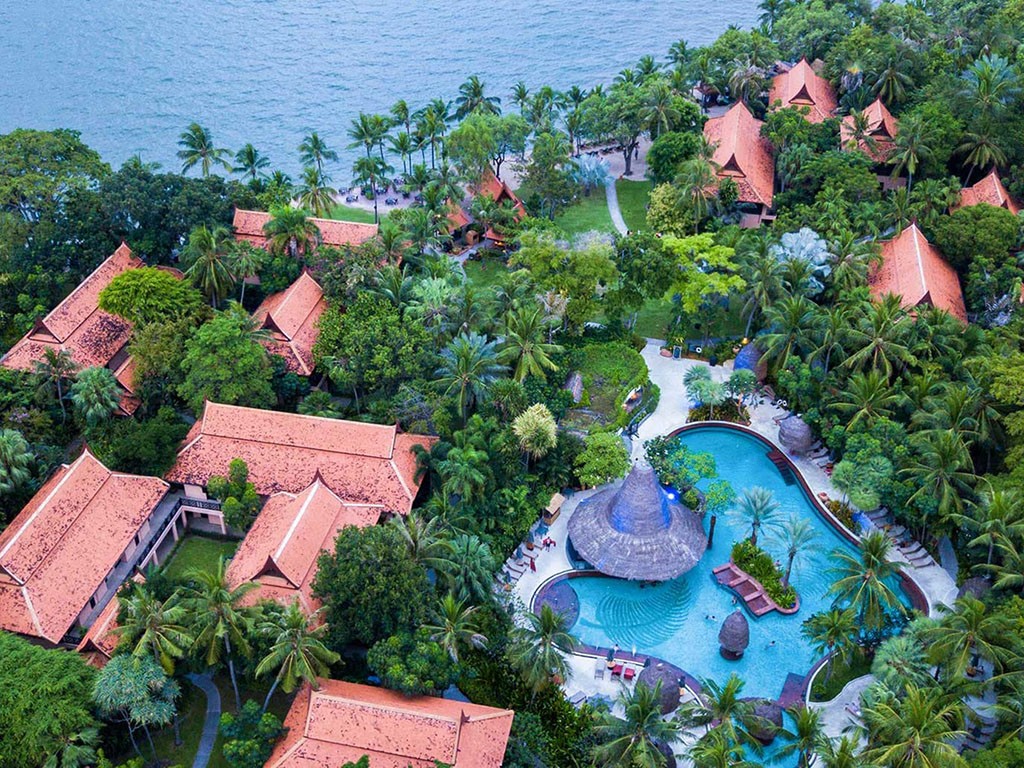“The wharf was used for transporting goods into the city. It plays a key role in linking the city center with the Lagan River and enhancing the lively waterfront area.”
Welcome to the Quays at the mouth of the River Lagan. Set around the Lagan Weir the Quays incorporate Queen's Quay, Hanover Quay, Gregg's Quay and Donegall Quay, all closely linked with the origins of Belfast. The city derives its name from the Irish words 'Beal Feirste', meaning the sandy ford at the mouth of the Farset River. In the 17th century the banks of the Farset was used to transport goods into the city. What was the Farset is now High Street and a tunnel big enough to take a bus now carries the Farset under the city.
Up to the late 1980s Donegall Quay was an active quayside where freight came and went, where ferries left for Glasgow and Liverpool and boats brought tourists to and from Bangor for day trips. However, by the time the area was taken over for redevelopment by the Laganside Corporation, it was waste ground.
The first project to be undertaken by the Laganside Corporation was the construction of the Lagan Weir. With funding from the European Union the Lagan Weir opened in March 1994, at a cost of £14million. Breathing new life into the river, the weir was the catalyst to the regeneration of the city's waterfront.
The Quays underwent further regeneration with ‘Obel’ a 650 million waterfront venture. Bringing Ireland's tallest building (as of 2012) rising 82m over 28 storeys above ground. The development incorporates 282 apartments, c. 50,000 sq ft of office space/commercial space and 2 levels of basement car parking.
The Quays play a central role in linking the city centre with the River Lagan and the development of the area has created a lively, interesting and accessible waterfront destination.
The #4 port hand marker buoy situated in Donegall Quay was donated by the Belfast Harbour Commissioners. It was in operation in Belfast Lough from 1971 until it was replaced in 2010. Its position was position - 54 °40.919 N 5 °48.258 W
The Millennium Island and Beacon were created to celebrate the entry into the New Millennium. The Beacon was first lit on 31 December 1999




